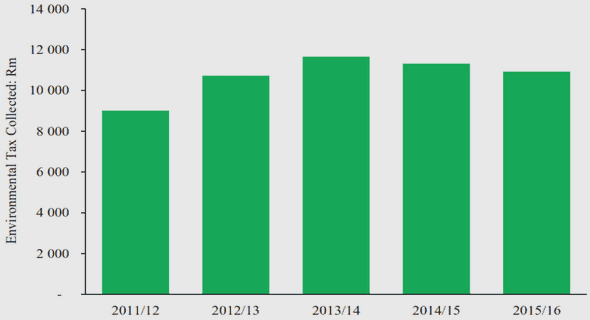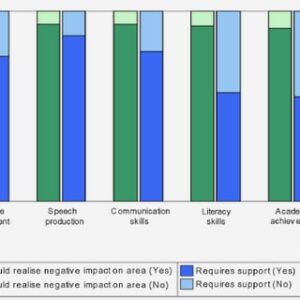(Downloads - 0)
For more info about our services contact : help@bestpfe.com
Table of contents
CHAPTER 1 LITERATURE REVIEW
1.1 Presentation of composting
1.1.1 Temperature
1.1.2 Areation (ventilation)
1.1.3 Free Air Space (FAS)
1.1.4 Moisture content
1.1.5 C/N ratio
1.1.6 pH value
1.1.7 The fate of microorganisms during the composting process
1.2 Evolution of organic matter (OM) during composting
1.2.1 The mesophilic phase
1.2.2 The thermophilic phase
1.2.3 The cooling phase
1.2.4 The maturation phase
1.3 Bioremediation of contaminated soil by composting
1.3.1 Contaminated soil by PAHs
1.3.2. Potential bioremediation of PAH-contaminated soils by composting
1.3.3 Evolution of PAHs during composting
1.4 Modelling the dynamics of OM and OP during the composting
1.4.1 Summary of environmental conditions
1.4.2 Summary of OM models
1.4.3 Summary of OP models
1.5 Objectives of the thesis
1.6 References
PART I: MODELING ORGANIC CARBON AND ORGANIC POLLUTANT DYNAMICS DURING COMPOSTING OF ORGANIC WASTES
CHAPTER 2: MODELLING OF ORGANIC MATTER DYNAMIC DURING THE COMPOSTING PROCESS
2.1 Abstract
2.2 Introduction
2.3 Materials and Methods
2.3.1 The model
2.3.2 Data acquisition for the model calibration
2.3.3 Calibration and evaluation of the model
2.4 Results and Discussion
2.4.1 Estimation of model parameters
2.4.2 Evaluation of calibrated model
2.4.3 Sensitivity analysis
2.5 Conclusion
2.6 Acknowledgements
CHAPTER 3: A MODEL COUPLING ORGANIC CARBON AND ORGANIC POLLUTANT DYNAMICS DURING COMPOSTING
3.1 Abstract
3.2 Introduction
3.3 Description of the COP_Compost model
3.3.1 Organic C module
3.3.2 Organic pollutant module
3.3.3 Model coupling OC and OP modules
3.4 Data acquisition for model calibration and evaluation
3.4.1 Data acquisition for calibration and evaluation of the OC module
3.4.2 Data acquisition for OP module calibration
3.4.3 Data acquisition for the coupling between OC and OP modules
3.5 Model calibration and evaluation
3.5.1 Calibration and evaluation of the OC module
3.5.2 Calibration and evaluation of the OP module
3.6 Results and discussion
3.6.1 Calibration of the OC module
3.6.2 Evaluation of the OC module
3.6.3 Calibration of the OPs module
3.7 Conclusions
3.8 Acknowledgements
3.9 References
CHAPTER 4: SENSITIVITY ANALYSIS OF COP_COMPOST MODEL FOR THE DEGRADATION OF ORGANIC MICROPOLLUTANTS DURING COMPOSTING PROCESS
4.1 Abstract
4.2 Introduction
4.3 Materials and methods
4.3.1 Presentation of COP_Compost model
4.3.2 Software / Interface (MATLAB & Excel)
4.3.3 Experimental Data for model calibration and evaluation
4.3.4 Model calibration for OP module
4.3.5 Sensitivity analysis
4.4 Results and discussion
4.4.1 Calibration of OP module
4.5 Sensitivity analysis
4.5.1 Sensitivity of pyrene and simazine to all parameters
4.5.2 Sensitivity to initial conditions
4.6 Conclusion
4.7 Acknowledgements
4.8 References
PART II: APPLICATION OF COP_COMPOST MODEL TO BIOREMEDIATION OF PAH CONTAMINATED SOIL TROUGH COMPOST
CHAPTER 5: REMEDIATION OF POLYCYCLIC AROMATIC HYDROCARBON (PAH) CONTAMINATED SOIL THROUGH COMPOSTING WITH FRESH ORGANIC WASTES
5.1 Abstract
5.2 Introduction
5.3 Materials and methods
5.3.1 Experimental design
5.3.2 Contaminated soil
5.3.3 Mixture of wastes
5.3.4 Initial soil/waste mixtures
5.3.5 Specific added microorganisms
5.3.6 Bioreactors
5.3.7 Temperature and moisture
5.3.8 Sample collection
5.3.9 Organic matter analysis
5.3.10 PAHs analysis
5.3.11 PAH sorption
5.3.12 PLFA analysis
5.3.13 Statistical analysis
5.4 Results & Discussion
5.4.1 Dry mass
5.4.2 Organic matter analysis
5.4.3 Fate of PAHs
5.5 Conclusion
5.6 Acknowledgements
5.7 References
CHAPTER 6: MODELLING REMEDIATION OF POLYCYCLIC AROMATIC HYDROCARBON (PAH) CONTAMINATED SOIL THROUGH COMPOSTING WITH COP-COMPOST MODEL
6.1 Materials and Methods
6.1.1 Contaminated soil
6.1.2 Mixture of wastes
6.1.3 Initial soil/waste mixtures
6.1.4 Bioreactors
6.1.5 Temperature and moisture
6.1.6 Sample collection
6.1.7 Organic matter analysis
6.1.8 PAHs analysis
6.1.9 PAH sorption
6.1.10 Statistical analysis
6.1.11 COP_Compost model
6.1.12 Model application
6.2 Data acquisition for model simulation
6.2.1 Organic matter analysis
6.2.2 Organic micro-pollutant analysis
6.3 Results and discussion
6.3.1 OM simulation
6.3.2 OP simulation
6.3.2.2 Simulations with coupling model
PART III: GENERAL CONCLUSION AND PERSPECTIVES
APPENDIX: EQUATIONS OF THE COP-COMPOST MODEL


